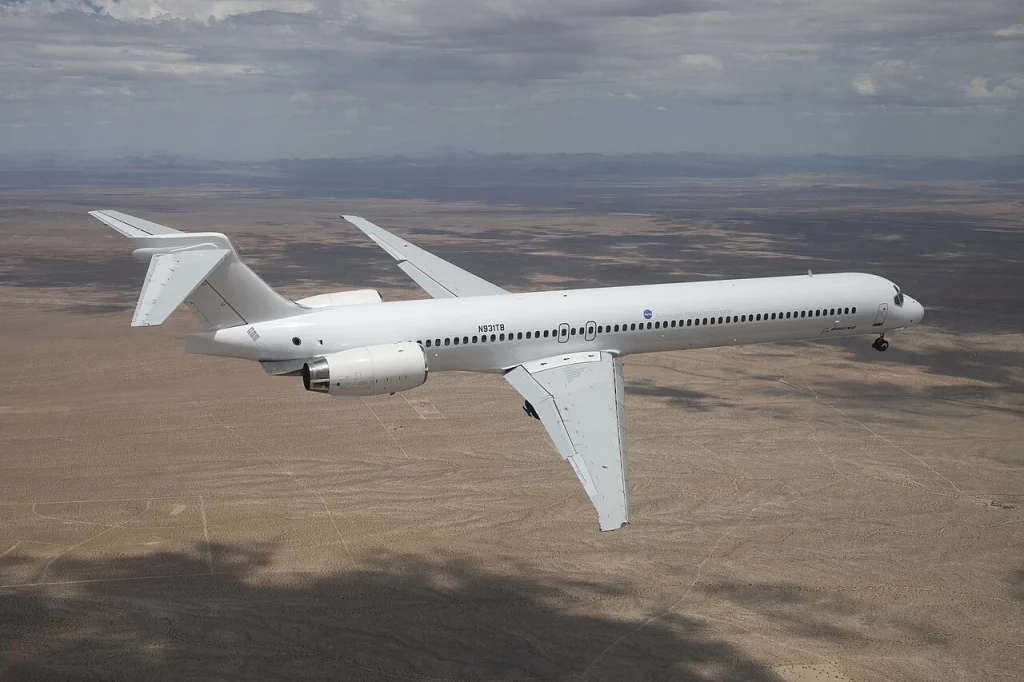Well, here we go again, folks. Seems the only thing moving faster than a Boeing shareholder’s blood pressure these days is the ever-shifting sands of aerospace project timelines. The X-66A, the Boeing-NASA lovechild promising sustainable flight, has, shall we say, hit a little turbulence. Reports from various reputable sources, including the Seattle Times and Aviation Week, confirm a mutual agreement to, as they delicately put it, “pause development.” Or, as we seasoned aviation observers might translate, “re-prioritize resources due to slightly more pressing matters like, say, delivering actual airplanes.”

Now, before anyone grabs their pitchforks and rushes to condemn the death of innovation, let’s be clear: the X-66A isn’t quite dead. Think of it as being on a extended layover, perhaps in a particularly windy spot. The focus, it seems, has shifted from a full-scale flight demonstrator to, and I quote from a NASA statement, “demonstrating thin-wing technology with broad applications.” Which, in aviation-speak, means they’re still fiddling with the wing design, just without the whole “flying it” part for now. The MD-90, bless its legacy airframe, is still in the game, ready to, you know, maybe someday, eventually, take wing.

And, let’s be honest, a thin wing promises a fatter wallet, as it could lead to a 30%+ reduction in fuel consumption, which is good news for the airline. My good friend, Dr. Wilbur Wright-On, PhD, Chief Aerodynamicist at the International Society of Aviation Pundits, chimed in with a typically insightful observation: “You know, folks, the only thing thinner than a thin wing is the patience of an airline CEO when faced with rising fuel costs.” Truer words were never spoken, Wilb, and you should know.
The main reason for the pause, besides the obvious, is that Boeing is reassigning engineers to 777X and 737 MAX production, where they’re needed to keep things airborne. It’s a logistical dance, folks, a delicate balance between innovation and the, shall we say, slightly more immediate need to, you know, build actual aircraft to meet the requirements of airline customers. As Professor Icarus Fall, Chair of the Department of Aeronautical Irony at the esteemed Glider Institute of Mockery, noted: “It’s a well-known fact that the higher you aim, the more likely you are to… well, not quite get there on schedule.”
Of course, while Boeing is busy sorting out its current issues, Airbus is happily doing their thing, like flying a demonstrator with an extra-performing wing since 2023. As they say in the industry, “the only thing that can outpace a good idea is the other guy’s good idea.”
The good news is, the research continues. NASA is still analyzing wind tunnel tests and the thin-wing design, focusing on the technology’s potential applications. As NASA stated, the ultimate goal of this sustainable aircraft research is to achieve substantial improvements in next-generation airliner efficiency and reduced fuel costs. So, while the X-66A might be grounded, the concept of thin wings and the pursuit of sustainable aviation is still very much aloft. Whether it will be flying on schedule is the trillion dollar question. Or, you know, whatever the actual budget of the project is.








